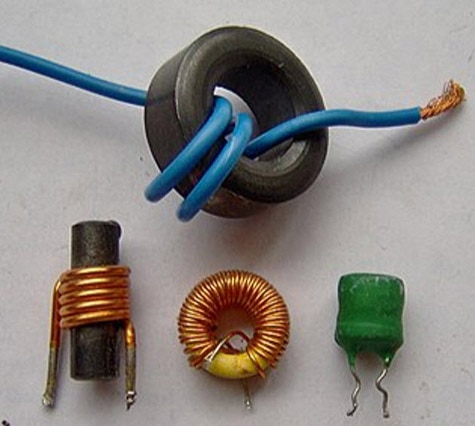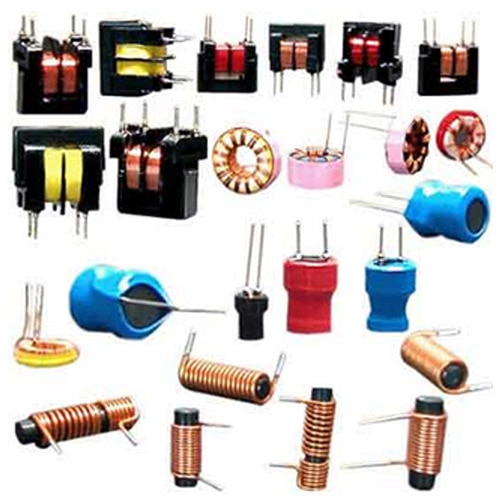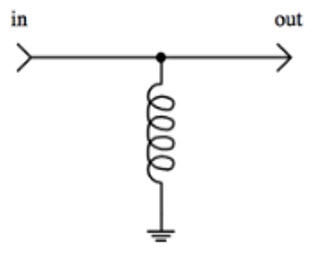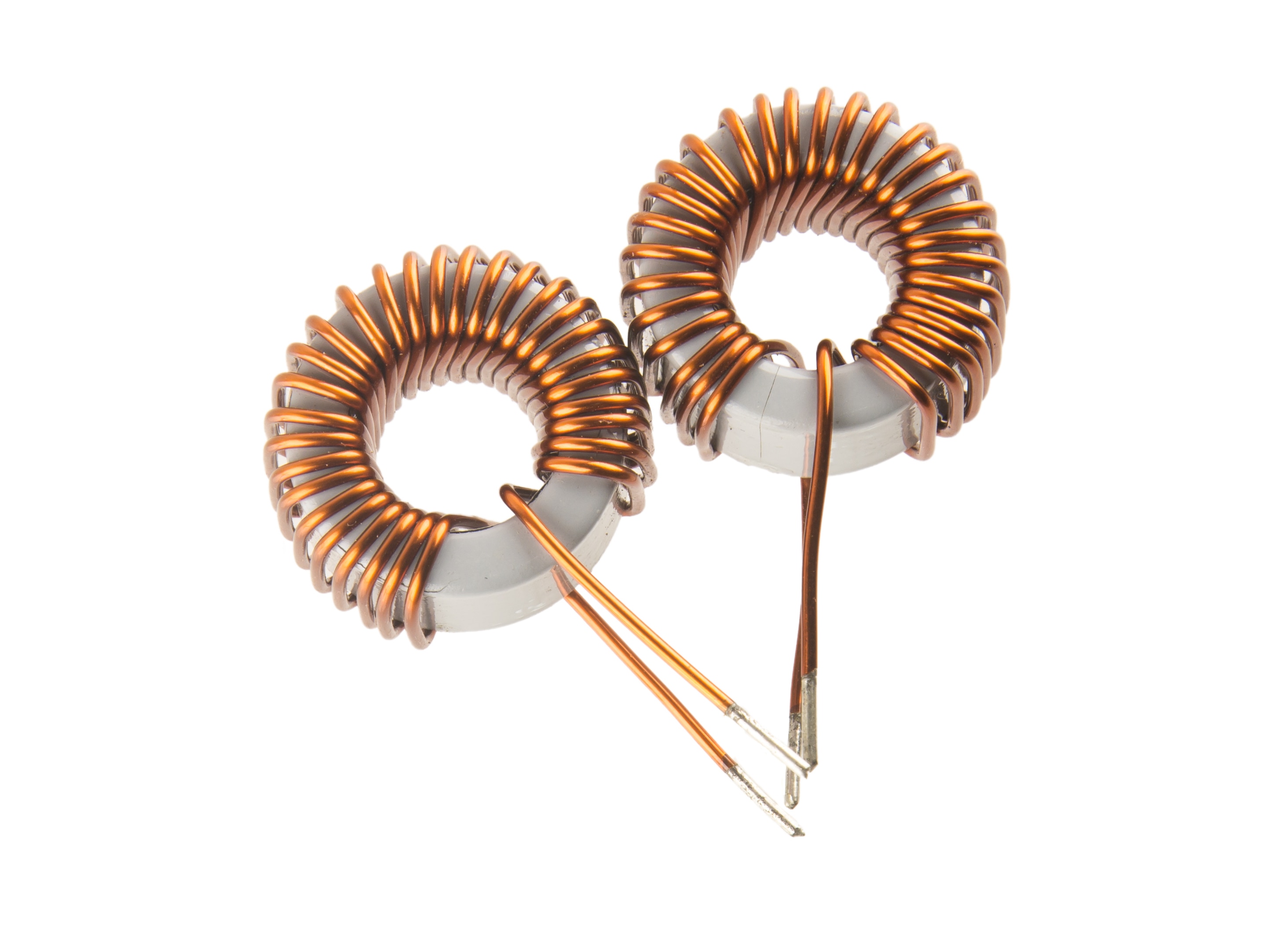Inductors: The Electromagnetism Wizards
2023-11-29 | By Antonio Velasco
When working on a project, have you ever had to use some weird coil thing? Typically, it's a ton of wire wrapped onto a loop over and over again. These are inductors--a component that takes advantage of the properties of electromagnetism.

Just looking at it, you can tell that an inductor is a coil of wire wound around a core material, usually made of ferromagnetic materials like iron or ferrite. When an electric current flows through this coil, it creates a magnetic field around it, following the right-hand rule. Here's the fun part: When the current varies, either increasing or decreasing, the magnetic field generated by the coil resists these changes. It's like a magician's trick; the inductor says, "I don't like change," and produces a counter electromotive force (emf) to oppose the current's variation.
This counter-emf, also known as self-inductance, is what gives inductors their unique property. They store energy in the form of a magnetic field, and when the current tries to change, they release this stored energy to oppose the change--thus maintaining a specific current. This is typically important in components like buck converters or anything that might need to change the voltage while maintaining a specific current. The core material plays a crucial role in an inductor's performance. Ferromagnetic materials like iron and ferrite are commonly used due to their high permeability, which allows them to store more magnetic energy. The core's shape can vary, from simple cylindrical forms to intricate shapes tailored for specific applications.

The wire that's wound around is also important--typically being made of copper due to its conductivity. The number of turns and the wire diameter or gauge determine the inductor's inductance, a crucial parameter indicating how much magnetic energy it can store. The higher the wire gauge, the thinner it is. Precision is particularly important here as small variations can end up having a big impact.
Now, let's look at the mathematical side of inductors. Two fundamental equations govern their behavior:

The measure of an inductor's ability to store energy in its magnetic field is given by the formula:
L = (N^2 * μ * A) / l
Where:
- L is the inductance in henrys (H).
- N is the number of turns of the wire.
- μ (mu) is the permeability of the core material.
- A is the cross-sectional area of the core.
- l is the length of the coil.
When the current through an inductor change, it induces a voltage given by:
emf = -L * (di/dt)
Where:
- emf is the induced voltage.
- L is the inductance.
- (di/dt) represents the rate of change of current with respect to time.
These equations allow you to calculate inductance values for different coil designs and core materials. They also help predict how inductors will behave in various circuits.
Inductors are particularly useful, especially for beginners, when it comes to filtering out noise from your audio or power circuits. Placing an inductor in series with a signal path allows low-frequency signals to pass while blocking high-frequency noise. It's like using a musical instrument to isolate the melodies you want to hear from the background noise.

Here's an example of an inductor blocking AC current but allowing DC current to pass. It can similarly block DC current and allow AC current to pass in the format shown below, where the inductor is connected to the wire at a junction and then to a ground.

You'll encounter DC-DC converters that transform one voltage level into another efficiently. Inductors in these circuits store and release energy, helping regulate voltage levels and provide clean power to various devices, from battery-operated gadgets to advanced electronics.
Induction is what allows wireless charging to exist--when you place your device on a charging pad, an alternating current flows through the coil in the pad, creating a magnetic field. This induces a voltage in the coil in your device, transferring power wirelessly.
For advanced electronics enthusiasts, inductors find their place in radio frequency (RF) circuits and antennas. They help tune circuits to specific frequencies, enabling wireless communication and ensuring your favorite radio station comes in clear and crisp. Inductors are also used extensively in power electronics, controlling motors and transformer current flow.
Whether you're a hobbyist building simple filters or an advanced engineer designing power electronics, inductors are your electromagnetic friends, ready to store, release, and shape energy in your circuits.
Have questions or comments? Continue the conversation on TechForum, DigiKey's online community and technical resource.





